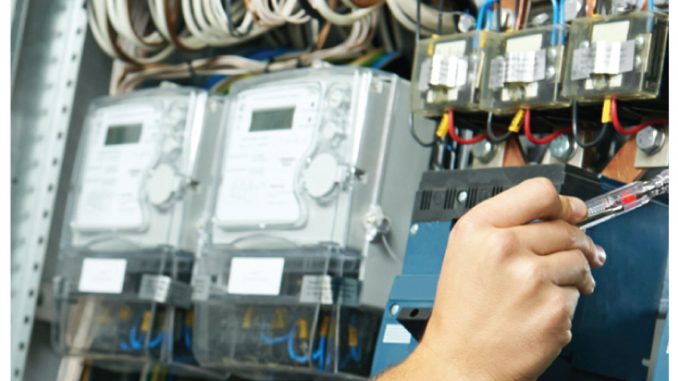
One of the biggest challenges for utilities today is high aggregate technical and commercial (AT&C) losses. Despite significant efforts, on an average, AT&C losses across various discoms (excluding those of Sikkim, Arunachal Pradesh and Mizoram) stand at 24 per cent, with the losses exceeding 25 per cent in as many as 12 states (as per the Ujwal Discom Assurance Yojana dashboard). Power theft and meter tampering are the key causes for these commercial losses. A look at some of the strategies being deployed by discoms to address the issue…
Common tampering methods
The unwillingness or the inability to pay for the supply of power has resulted in the emergence of a plethora of meter tampering techniques. Meter tampering refers to any external influence/element introduced in meters or in the metering circuit, resulting in the loss of energy measurement or erroneous energy measurement. Those engaged in power theft have multiple routes to “procure” electricity. One way is to tamper with the voltage/current circuit in the meter instrument/connection or bypass the meter altogether by way of an alternative connection. More sophisticated methods involve tampering with the metered data either by altering the metered data at source or by meter spoofing or by resetting the maximum demand.
In a metered connection, the most common tampering technique is either voltage or current related. While voltage-related tampering includes looping of voltage, wrong phase association, missing potential and hardware alteration, current-related tampering entails current transformer (CT) reversal, circuit current bypass, current imbalance and earthed loads. When tampering occurs externally, it can include abnormal magnetic interference or burning of the meter. There have been numerous instances of hardware alteration too, which entails breaking open the seal, making permanent circuit changes, and cutting and reclosing the enclosure plastic.
Tamper detection
Even though utilities are shifting away from conventional meters to smart meters, meter tampering can still be detected when voltage and current deviate from their threshold values for a definite interval of time or when the consumption pattern is abnormal. The seal tracking system proves useful in case the meter seal is replaced with an unauthorised seal of the same make and design after meter tampering. A meter serial number is assigned at the time of the installation of the meter, which is stored in the database. Tampering can be detected in case the meter serial number noted at the time of inspection does not correspond to the one in the database. Even when there is external tampering and one CT wire is cut, the earth leakage is recorded in the meter.
Identifying meter tampering is as it is a cumbersome task and to aggravate the situation, dishonest consumers on many occasions burn the meters to erase all readings captured by the instrument, which adds to the cost for discoms.
Technology solutions to curb tampering
In order to reduce the losses arising from meter tampering and power theft, various technologies have been implemented in single-phase meters. These include high temperature logging, which has been developed to record the temperature when it exceeds the threshold value, and low power factor (PF), which facilitates the recording of PF when it falls below the benchmark value. Further, an abnormal “power on/off” feature has been incorporated that enables abnormal shutdown in case of abnormal power consumption.
Lastly, the neutral-disturbance abnormal voltage condition has been added in single-phase meters so that a minimum load is present in the meter phase when the voltage falls below a specified value, such as 100 V or 120 V. To ensure that external tampering is minimised, utilities are now adding several features to the meter box, such as factory-fitted meter boxes with unidirectional screws and electrostatic discharge immunity of the RJ port.
Evolved tampering techniques call for evolved meters. Therefore, there is need for increased uptake of tamper-proof smart meters that can eliminate the common methods of electricity theft and magnetic tampering and hence not only contribute to overall revenue growth but also improve billing efficiency. Smart metering and data analytics together offer several benefits to utilities to effectively monitor the consumption pattern of consumers and have a deeper insight into distribution system operations. The key to delivering quality electricity to consumers and reducing the financial stress lies in adopting new metering technologies.
Based on a presentation by Rajesh Srivastava, Assistant Vice-President, BSES Yamuna Power
